Coronavirus: Schools may reopen ‘within four to six weeks’
Schools could reopen within four to six weeks to start unlocking the economy and getting people back to work.
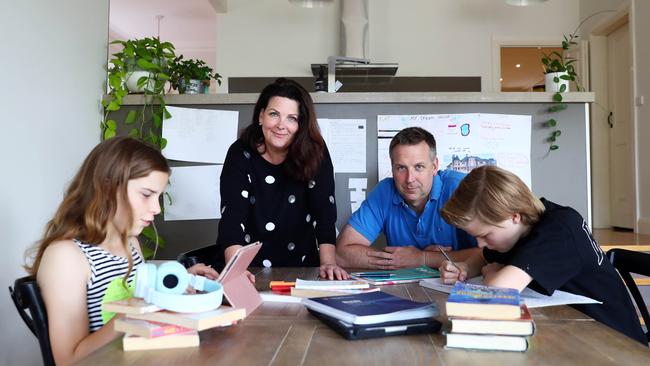
Schools could reopen within four to six weeks to start unlocking the economy and getting people back to work, with states and territories preparing to resume classes by the middle of term two as the spread of COVID-19 is contained.
The Australian understands state and territory governments will prioritise getting high school students back into classrooms and consider easing education restrictions in some areas of the country.
While most states and territories support schools reopening in line with health advice and potentially through a gradual process, Victoria and NSW are considering their options contingent on infection rates and community transmission modelling.
Federal, state and territory leaders are concerned about older students falling behind and the impact of extended school restrictions on end-of-year exams. They have also acknowledged the link between reopening schools and rebooting parts of the economy.
The national cabinet, meeting on Thursday morning, will receive updates on state and territory infection rates and trajectories and discuss the framework for forward planning of disease progression and response.
Detailed modelling on Australian COVID-19 cases is expected to be finalised next week, which will be used by the national cabinet to also consider easing some social restrictions.
Through a combination of wider coronavirus testing, improved tracing measures, better surveillance of potential outbreaks and reopening schools, the national cabinet is moving towards a plan to get high-value sectors back to work.
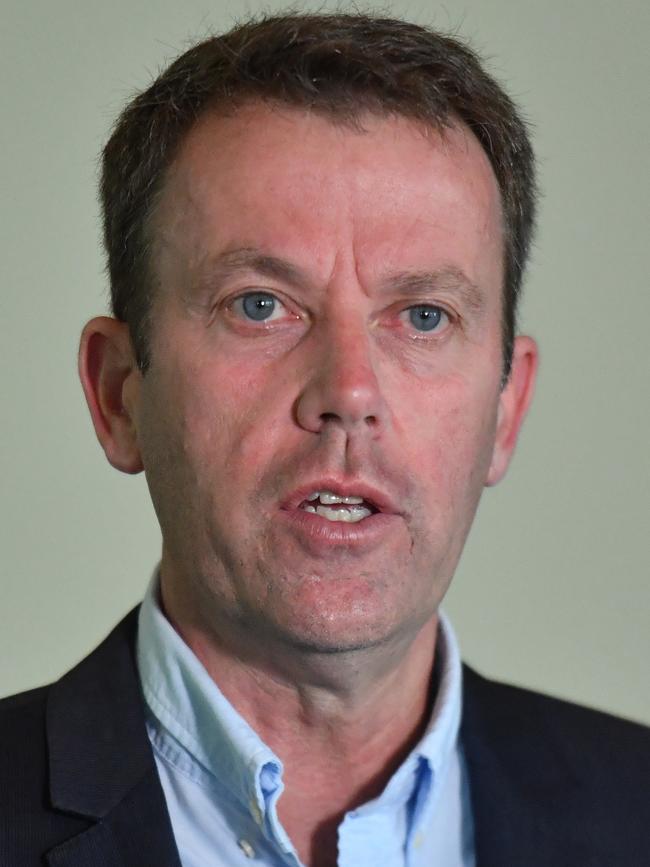
A Westpac-Melbourne Institute Index of Consumer Sentiment update released on Wednesday said “just under a third of respondents who worked said closures of schools and daycare centres would impact their ability to work, with 7.4 per cent saying they would be unable to work at all”.
Scott Morrison said some students faced the threat of losing a “whole year of their education … if we can’t get this right”.
“If you’ve got a job in this economy, they’re essential jobs. I don’t care what the job is. And they need to keep going to work for the sake of the economy and families. We need the schools to be able to support that,” the Prime Minister said.
“And that’s the arrangements we have. But we need to strengthen them. We also need to recognise the best way to deliver education is in schools, on campuses, in classrooms, with teachers.”
Mr Morrison said teachers were “more likely to catch coronavirus in the staffroom than they are in the classroom”.
Deputy Chief Medical Officer Nick Coatsworth on Wednesday said 136 children aged between five and 18 had been infected, representing 2 per cent of all cases.
Dr Coatsworth, in line with advice provided to the national cabinet by the Australian Health Protection Principal Committee, said local figures had shown there were no widespread outbreaks involving children infecting other children or teachers.
To enable the reopening of schools, workplace health and safety protocols would include social-distancing measures, considered easier to implement for older students, and ensuring vulnerable teachers were shielded.
Federal Education Minister Dan Tehan said the next stages in the education response to COVID-19 would be different for each state and territory.
“What we’re hoping is that in four weeks we will be able to reassess and have a look at where we’re at. And if everybody has done their part in flattening the curve, hopefully we’ll be able to have another discussion about what we can do to get more happening in our classrooms,” he said. “It will vary state and territory. But our hope is we’ll start to see a more nationally consistent approach to getting students back into the classroom in the next three to four weeks.”
Mr Morrison said he was “very concerned about the quality of education that is going to be delivered to our kids this year” if distance learning continued for an extended period.
“I kept my kids in school up until the last week because they weren’t getting taught at school in that last week. I mean, they were sitting in a room looking at a screen — that’s not teaching, that’s child minding and schools aren’t for child minding,” he said.
Mr Morrison said he wasn’t telling the “states and territories what to do”, and outlined changes over the coming weeks to “move to an even better model” on schools.
Victorian Premier Daniel Andrews said there was “no difference” between his government’s approach to schooling and the Morrison government.
With Victorian students beginning term two on Wednesday via remote learning, excluding children of essential workers and vulnerable families, Mr Andrews said his approach to schools was in line with national cabinet leaders.
“It’s not easy to keep your kids home. I’m very, very grateful to parents who are doing that,” Mr Andrews said. “That is them playing their part in stopping the spread of this virus, saving lives, protecting our health system.
“I think the federal Education Minister has made it clear that our settings are absolutely consistent with what every government in the country wants to see happen.”
NSW Premier Gladys Berejiklian said she was keen to see an increase in face-to-face teaching at schools in term two.
Queensland Premier Annastacia Palaszczuk urged parents to keep children home if they could.
Additional reporting: Rachel Baxendale, Charlie Peel, Angelica Snowden

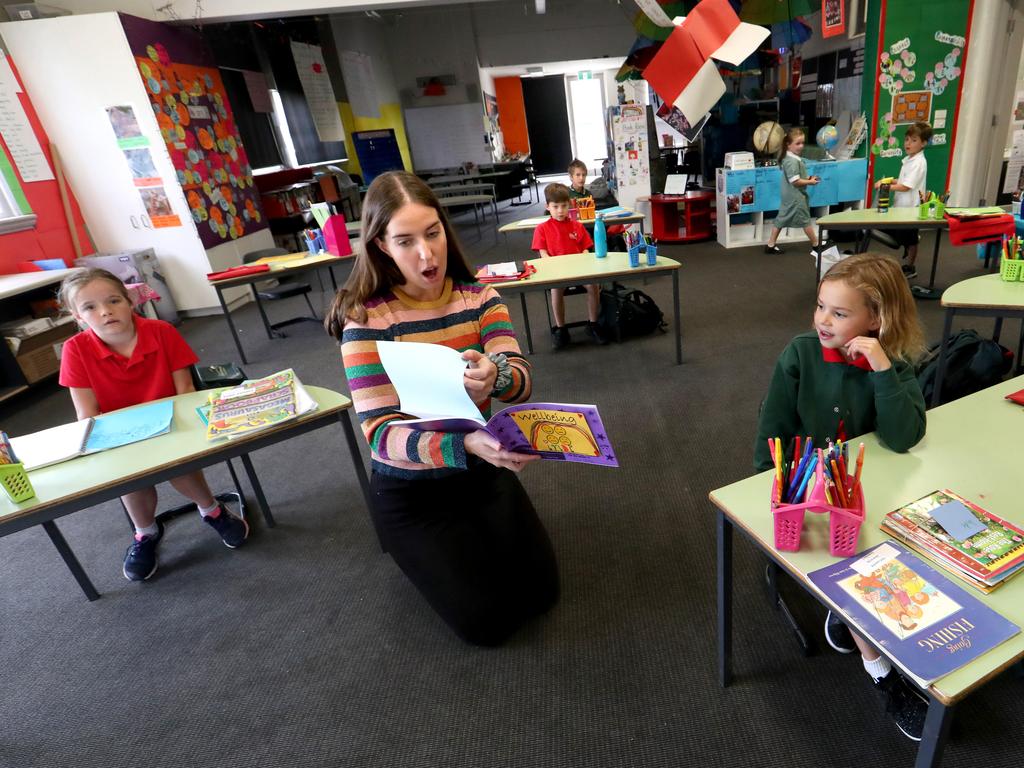
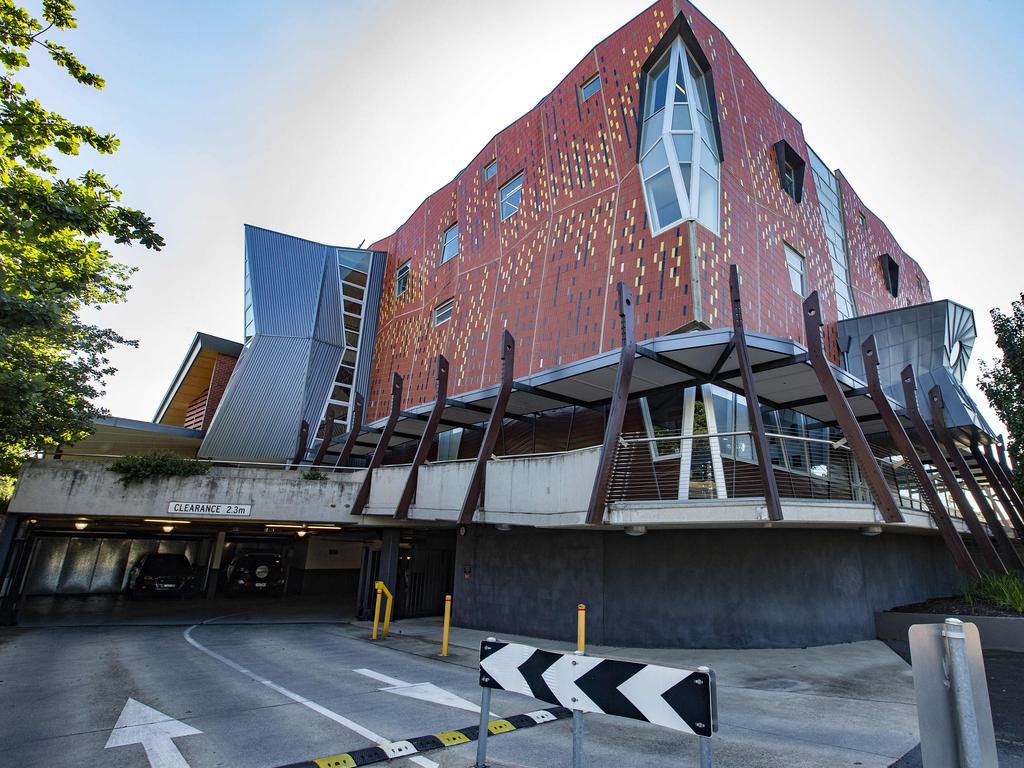

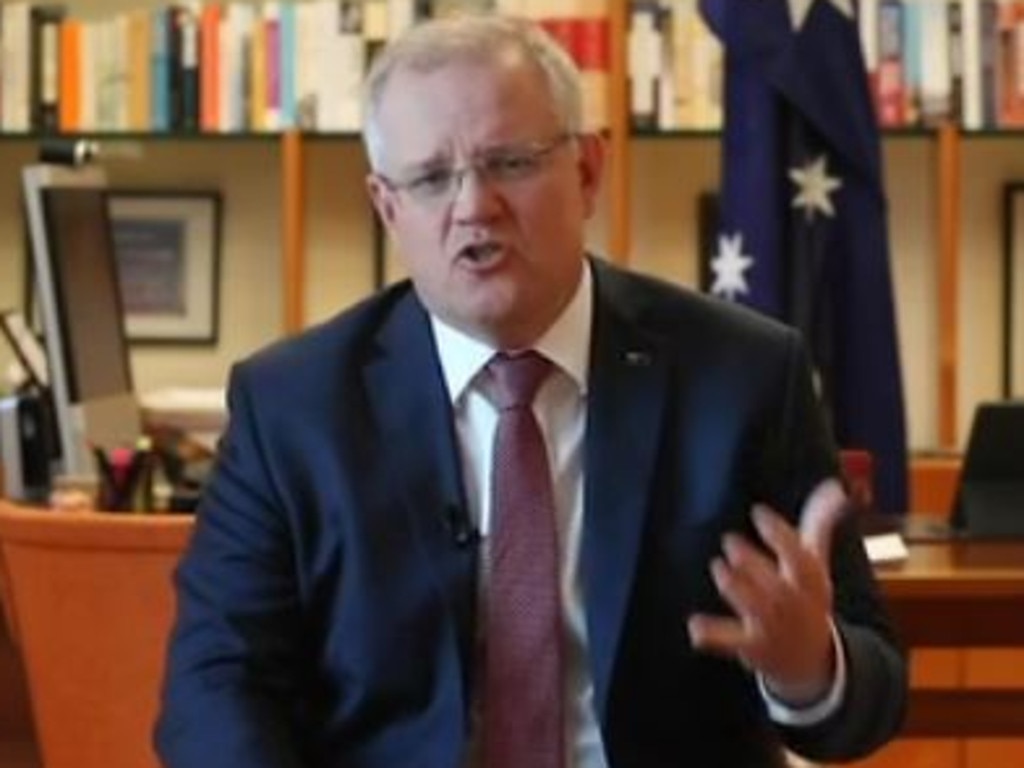


To join the conversation, please log in. Don't have an account? Register
Join the conversation, you are commenting as Logout